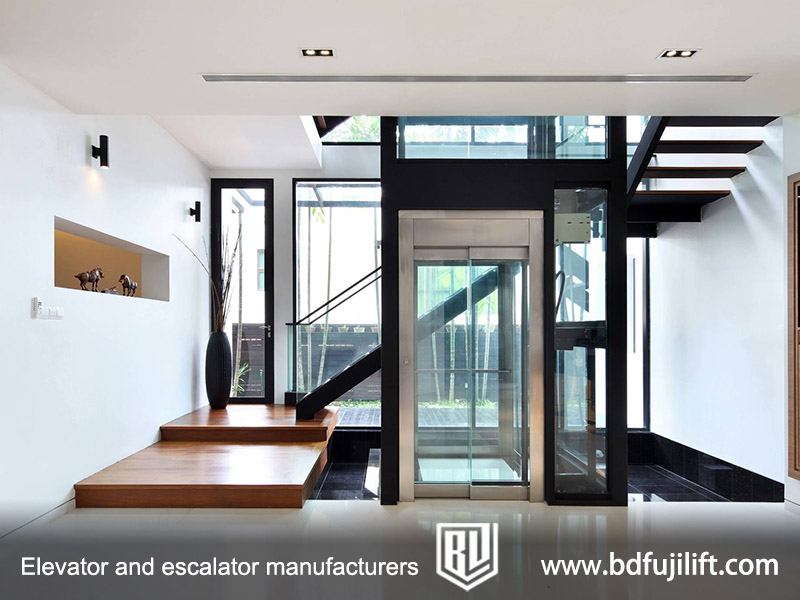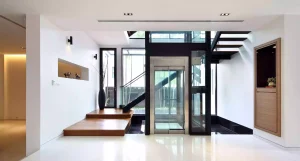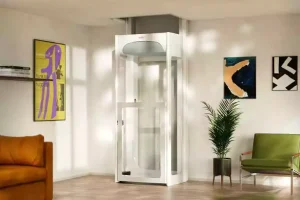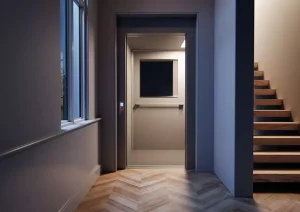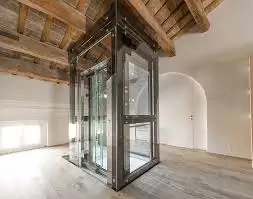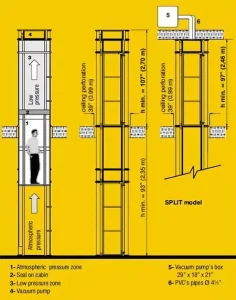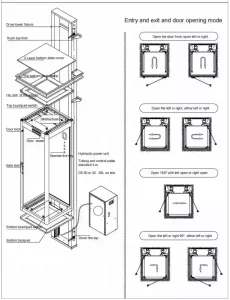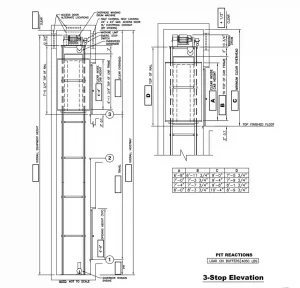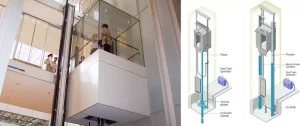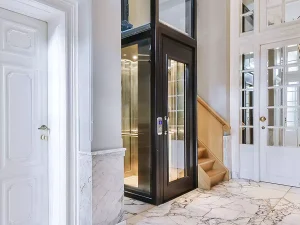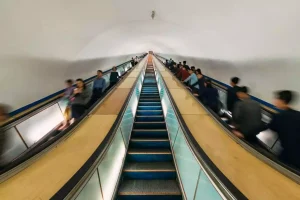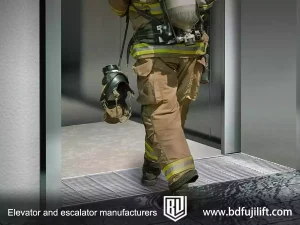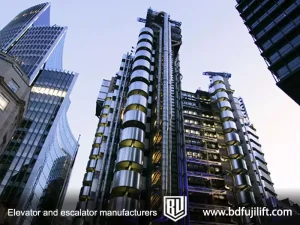Thinking of adding an elevator to your two-story home? You’re not alone. As more homeowners seek comfort, accessibility, and added value, residential elevators are quickly becoming a smart upgrade—not just a luxury. But here’s the real question: What’s it going to cost you? Let’s break it all down in plain English.
Understanding the Basics
What Is a 2-Story Residential Elevator?
Simply put, it’s an elevator that connects two levels in your home. Think of it like a compact lift designed to carry one or two people—or a wheelchair—between the first and second floor. These elevators are smaller, quieter, and more energy-efficient than commercial ones.
Why Install One at Home?
-
Mobility: It’s a game-changer for seniors or people with physical limitations.
-
Convenience: Hauling laundry, groceries, or luggage upstairs? Problem solved.
-
Home Value: Yep, it can raise your property value significantly.
-
Future-Proofing: Age in place without worrying about stairs.
Key Factors That Affect Cost
Costs vary widely depending on several elements. Let’s unpack each one.
Elevator Type (Hydraulic, Traction, Pneumatic, Shaftless)
-
Hydraulic: Smooth ride but needs more space and a machine room.
-
Traction: Energy-efficient but more expensive to install.
-
Pneumatic: Sleek, tube-like design—modern but pricey.
-
Shaftless: Ideal for small spaces and retrofits.
Number of Stops and Floors
More stops = more components = higher cost. For a 2-story setup, you’re looking at the minimum, so this actually works in your favor.
Customization and Finishes
Want glass walls? A fancy control panel? Custom lighting? These upgrades can quickly raise the bill. It’s like choosing between a standard sedan and a luxury sports car.
Installation Complexity
If your house wasn’t designed with an elevator in mind, adding one can mean cutting through floors, rerouting electrical systems, and more. That’s time and money.
Location and Structural Modifications
Is your elevator going in the center of your home or along an outer wall? Every choice affects construction work. Easier access = lower cost.
Breakdown of Typical Costs
Here’s what you can generally expect to spend.
Equipment Cost
-
Basic unit: $15,000 – $30,000
-
Premium unit with features: Up to $50,000
Installation Labor
-
Standard installs: $10,000 – $20,000
-
Complex retrofits can go beyond that.
Permits and Inspections
Local codes require permits. These may add $500 – $2,000, depending on your area.
Maintenance and Operational Costs
Most elevators need annual maintenance ($200–$500) and use minimal electricity. Pneumatic types are especially energy-efficient.
Comparing Elevator Types by Price
Let’s get even more specific.
Pneumatic Vacuum Elevators
-
Cost: $35,000 – $50,000
-
Pros: Minimal construction, modern aesthetics
-
Cons: Noisier, limited weight capacity
Shaftless Elevators
-
Cost: $18,000 – $30,000
-
Pros: Space-saving, great for retrofits
-
Cons: Not ideal for heavy-duty use
Cable-Driven Elevators
-
Cost: $25,000 – $35,000
-
Pros: Smooth operation
-
Cons: Requires overhead space and more structure
Hydraulic Elevators
-
Cost: $20,000 – $40,000
-
Pros: Quiet, comfortable
-
Cons: Needs machine room and pit
Cost-Saving Tips
Want to save without cutting corners? Here’s how.
Think Ahead: Plan for Future Needs
Design now for future use—choose a model with enough weight capacity, emergency features, and easy maintenance access.
Choose the Right Type, Not Just the Cheapest
Cheapest today can be costly tomorrow. Don’t skimp on safety or reliability.
Get Multiple Quotes
Seriously—get 3 to 5 estimates. Prices can vary by thousands of dollars, even in the same zip code.
Is it Worth Installing A Residential Elevator?
If you’re thinking long-term, the answer is usually yes. Residential elevators offer:
-
Safety and independence
-
Higher resale value
-
Day-to-day convenience
If your family includes older adults, kids, or anyone with mobility concerns, it’s not just a luxury—it’s peace of mind.
Conclusion: A Lift in Comfort and Value
So, how much does a 2-story residential elevator cost? Expect anywhere from $25,000 to $50,000, all in. While that’s no pocket change, it’s a powerful investment in accessibility, safety, and lifestyle.
Whether you’re planning for the future, accommodating aging family members, or simply making your life easier—this is one upgrade you’ll thank yourself for every day.
FAQs
1. What’s the cheapest type of elevator for a two-story house?
Shaftless or cable-driven elevators tend to be the most budget-friendly for two floors.
2. Can I install a home elevator in an existing house?
Yes! Retrofits are common, especially with shaftless or pneumatic models.
3. Do I need a machine room for a residential elevator?
Not always. Many modern systems are machine-room-less (MRL), making them easier to install.
4. How long does installation take?
Typically 2–4 weeks, depending on complexity.
5. Will an elevator increase my property value?
Yes, especially in homes catering to seniors or people with disabilities—it’s a big plus in real estate listings.


